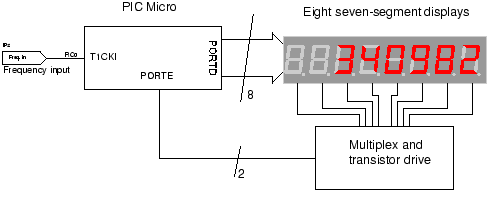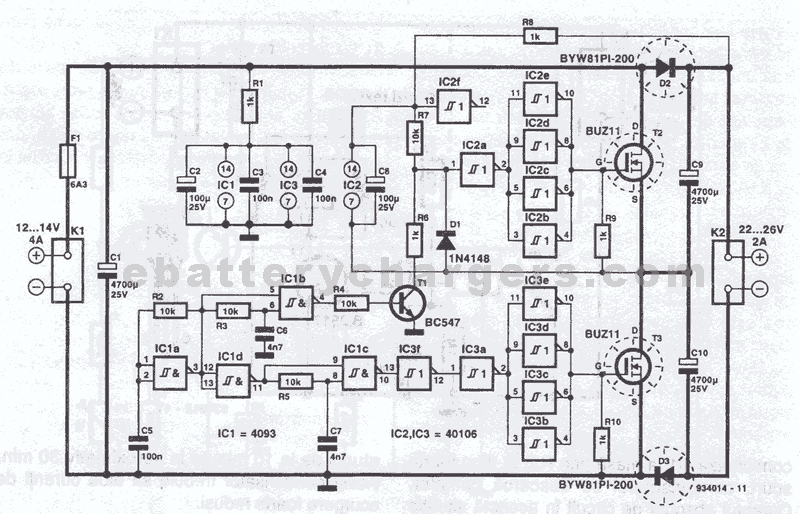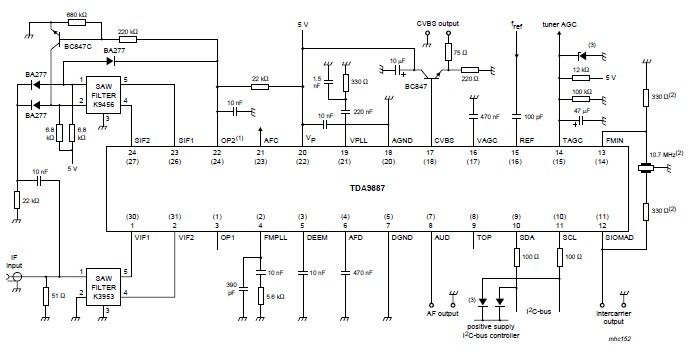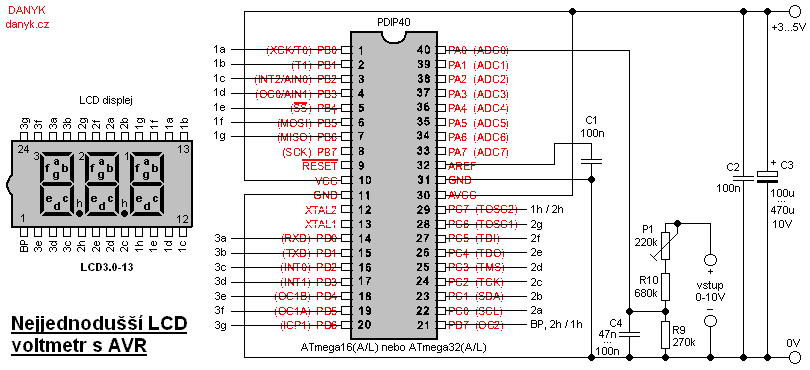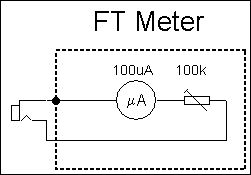
Digital Step-Km Counter Circuit
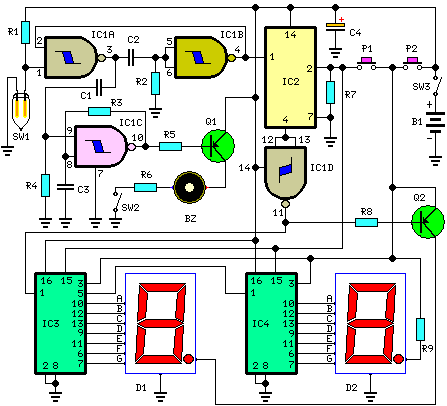
This circuit measures the distance covered during a walk. The hardware is located in a small box that can be slipped into a pants pocket. The display is designed such that the leftmost display, D2 (the most significant digit), shows values from 0 to 9 kilometers, with its dot always illuminated to separate kilometers from hectometers. The rightmost display, D1 (the least significant digit), indicates hundreds of meters, and its dot lights up after every 50 meters of walking.
The distance measurement circuit consists of several key components that work together to provide accurate readings. At its core, the circuit utilizes a microcontroller that processes input from a distance sensor, typically an ultrasonic or infrared sensor, which detects the user's movement and translates it into distance covered. The microcontroller is programmed to convert this data into a format suitable for display.
The two-digit display system consists of two seven-segment displays, D2 and D1. D2 is responsible for showing the kilometers traveled, while D1 displays the additional distance in hundreds of meters. The constant illumination of the dot in D2 serves as a visual cue to users, indicating the transition from kilometers to hectometers.
To ensure accurate readings, the circuit incorporates a calibration feature that allows the user to set the stride length, which is essential for converting sensor data into precise distance measurements. The calibration can be achieved through a simple user interface, possibly consisting of buttons or a touchscreen, allowing the user to input their specific stride length.
Power management is also a critical aspect of the design, as the device is intended for portable use. A compact rechargeable battery could be integrated, with a low-power mode activated when the device is not in use, extending battery life during prolonged periods.
Overall, the circuit design emphasizes user-friendliness, portability, and accuracy, making it an effective tool for tracking walking distances in real-time.This circuit measures the distance covered during a walk. Hardware is located in a small box slipped in pants` pocket and the display is conceived in the following manner: the leftmost display D2 (the most significant digit) shows 0 to 9 Km. and its dot is always on to separate Km. from hm. The rightmost display D1 (the least significant digit) shows hundreds meters and its dot illuminates after every 50 meters of walking..
🔗 External reference
The distance measurement circuit consists of several key components that work together to provide accurate readings. At its core, the circuit utilizes a microcontroller that processes input from a distance sensor, typically an ultrasonic or infrared sensor, which detects the user's movement and translates it into distance covered. The microcontroller is programmed to convert this data into a format suitable for display.
The two-digit display system consists of two seven-segment displays, D2 and D1. D2 is responsible for showing the kilometers traveled, while D1 displays the additional distance in hundreds of meters. The constant illumination of the dot in D2 serves as a visual cue to users, indicating the transition from kilometers to hectometers.
To ensure accurate readings, the circuit incorporates a calibration feature that allows the user to set the stride length, which is essential for converting sensor data into precise distance measurements. The calibration can be achieved through a simple user interface, possibly consisting of buttons or a touchscreen, allowing the user to input their specific stride length.
Power management is also a critical aspect of the design, as the device is intended for portable use. A compact rechargeable battery could be integrated, with a low-power mode activated when the device is not in use, extending battery life during prolonged periods.
Overall, the circuit design emphasizes user-friendliness, portability, and accuracy, making it an effective tool for tracking walking distances in real-time.This circuit measures the distance covered during a walk. Hardware is located in a small box slipped in pants` pocket and the display is conceived in the following manner: the leftmost display D2 (the most significant digit) shows 0 to 9 Km. and its dot is always on to separate Km. from hm. The rightmost display D1 (the least significant digit) shows hundreds meters and its dot illuminates after every 50 meters of walking..
🔗 External reference
